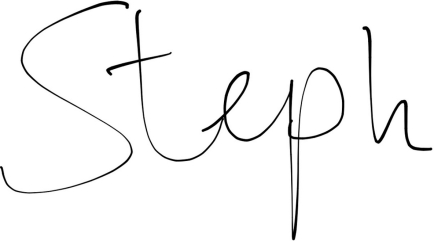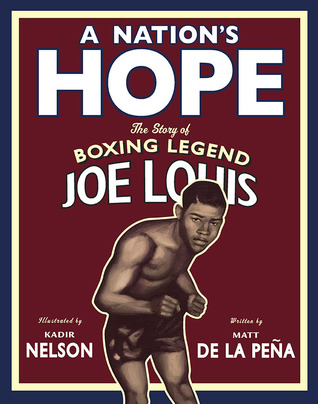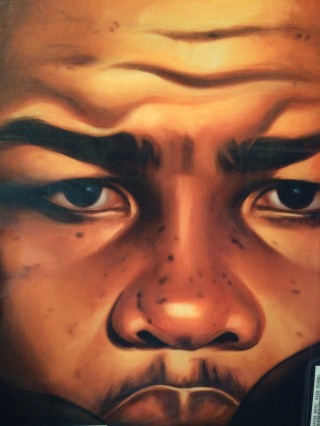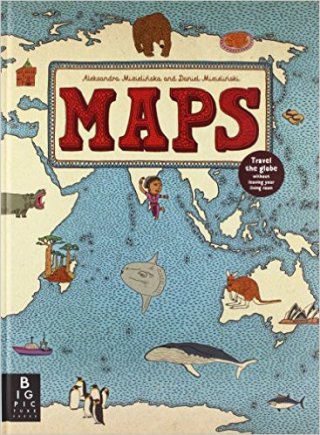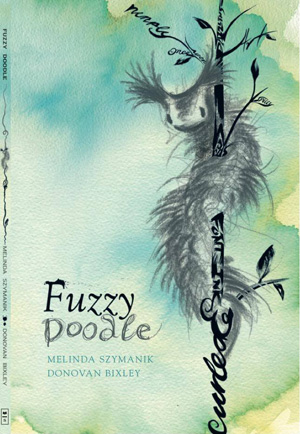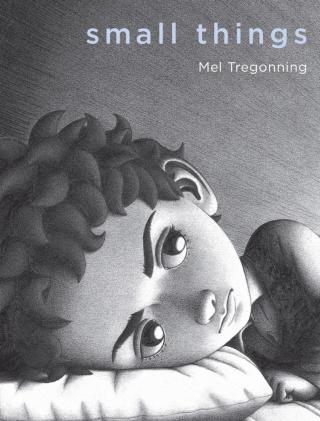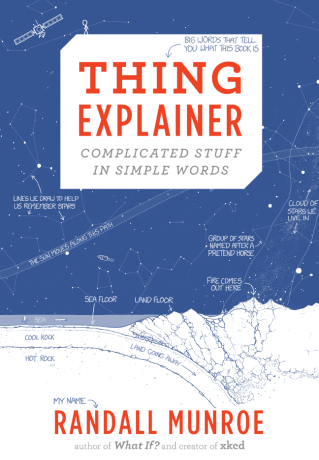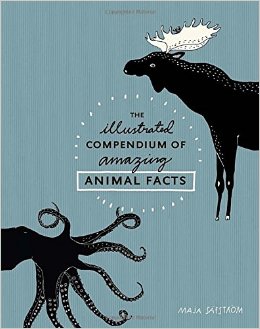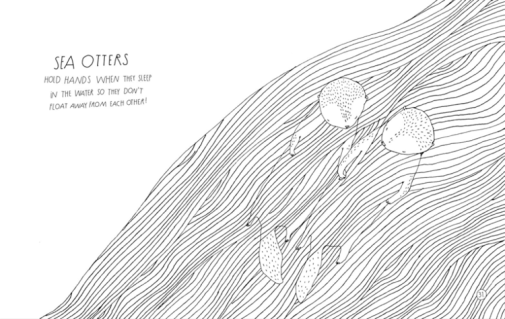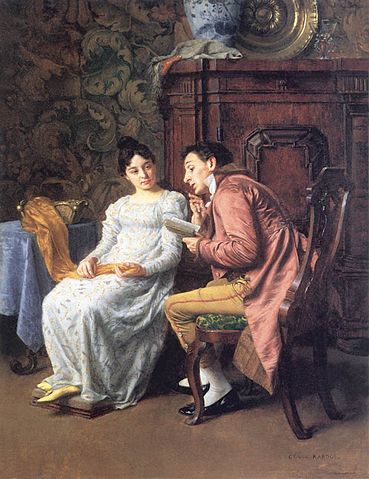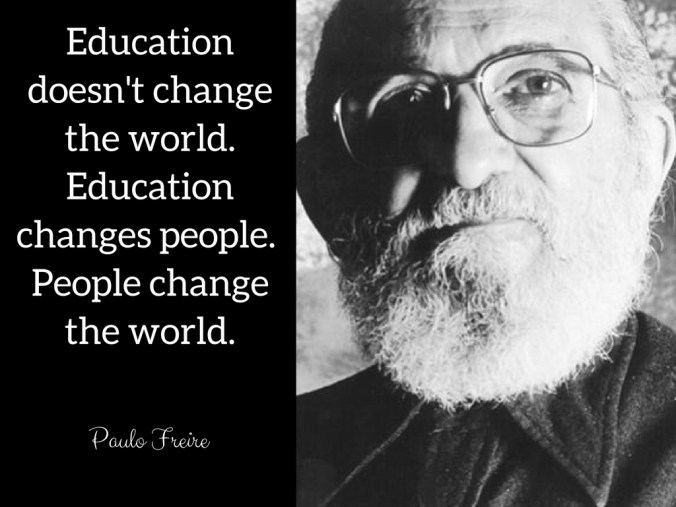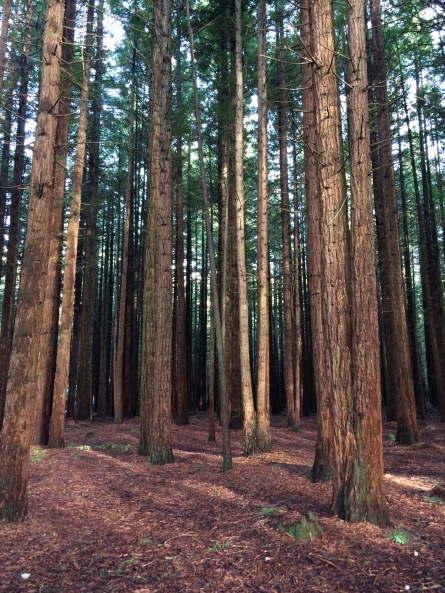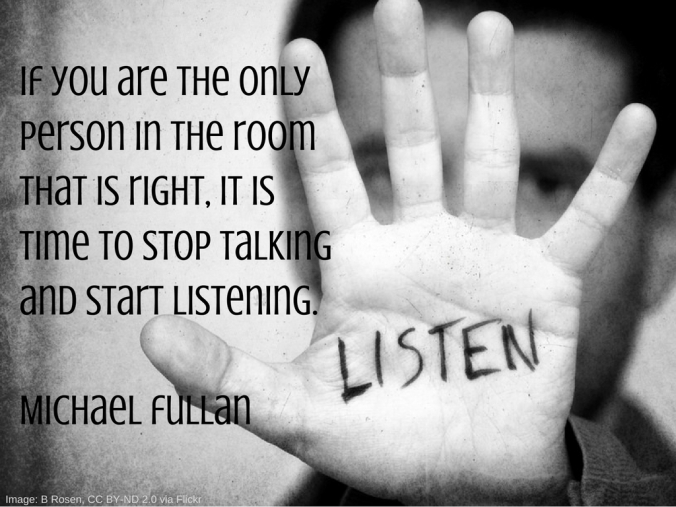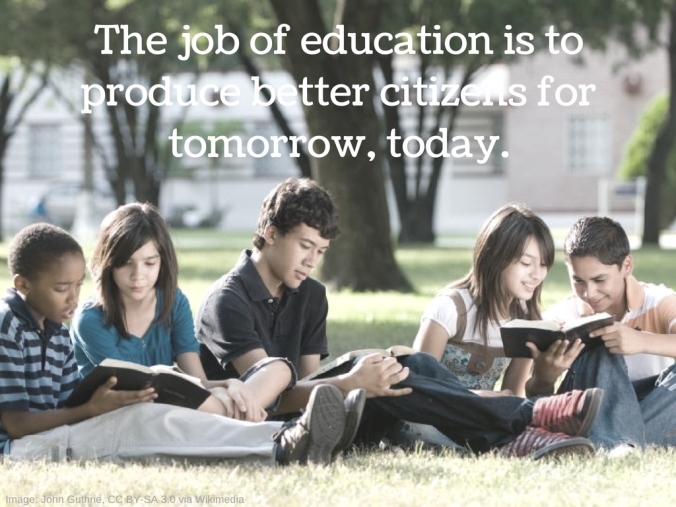
Free image from Pexels
A new year, a new set of reading goals to aspire to…
I wrote last year about why I do not do a numbers-based reading challenge. And now I am out of the school library game, I do not need a challenge that is displayable, shareable, or has a YA bent to it either. This left a world full of options available to me in 2018!
So this year I have decided to do a little bit of this and little bit of that for my reading challenge.
I am a big fan of The Spinoff’s book reviews. I love the way they are written and the irreverence in which they hold the serious business of “literature” – book snobs, beware! They also choose an eclectic range of books to review, with a definite New Zealand focus. On this basis, I decided that part of my reading challenge this year will be to read through The Spinoff’s 20 best novels of 2017 (and maybe a fair few of the nonfiction choices as well). My aim is to read at least one of the books from this list each month.
Rory Gilmore (of Gilmore Girls fame) always impressed me with the number of books she was seen reading – as well as how fast she could talk! Hence, the Rory Gilmore Reading Challenge has been on my radar for a while, but this year I have decided to think about it more actively. I have already read 91 of the 339 books Rory was seen reading over the seven seasons of the show – a mere 27%! To improve this statistic, I will again aim to read at least one of the books from the list each month.
I would like to add that my aspiration is not to reach 100% of Rory’s list. Life is just too short for me to read poetry. It just does not do it for me, so I will not be reading any of the poetry books on this list. I also will not be reading any of the plays. Unless plays are being studied, I really do not see the point in reading them. Plays are written to be performed or watched. If I get the opportunity to see any of these plays I will grab it – but I will not be reading them.
The last part of my 2018 reading challenge is to do something about my TBR pile! It is getting quite large and, for my own state of anxiety, should be brought under control. Or, at least, I should give the appearance of trying to get it under control! I have both a physical pile (containing library books and the enormous number of books I have bought but have not got around to reading yet…) and, increasingly, a virtual pile (on Goodreads and Litsy, because, you know, having one place to hide them was not enough). So again, each month I will endeavour to read at least one book from Mount TBR.
If you would like to follow my reading progress this year you can do that on Goodreads. I was also inspired by this post over at BookRiot to use a reading log to keep track of how diversely I will be reading. And while the motivation is high, I will try to keep a monthly reading round up to check I’m hitting the three parts to my challenge (ie, one book each from: The Spinoff list, Rory Gilmore’s list, my TBR pile).
Good luck to anyone else that is embarking on a reading challenge this year. I would love to hear what weird and wonderful things you are challenging yourself with. And may it be a source of enjoyment, not anxiety, for you!

